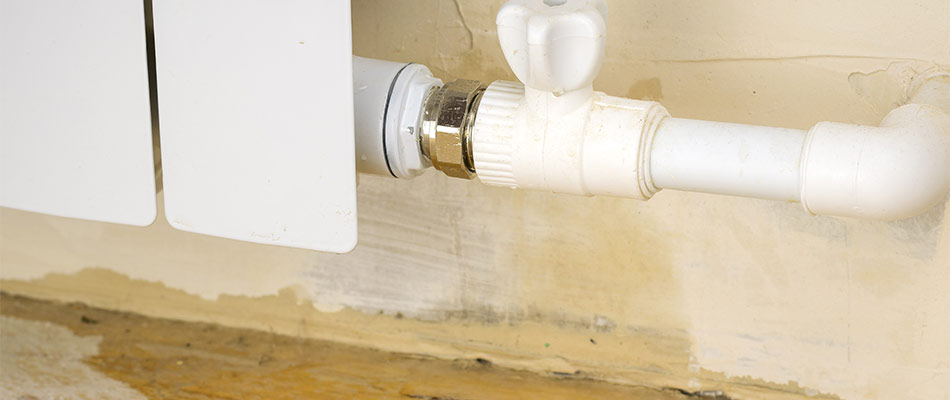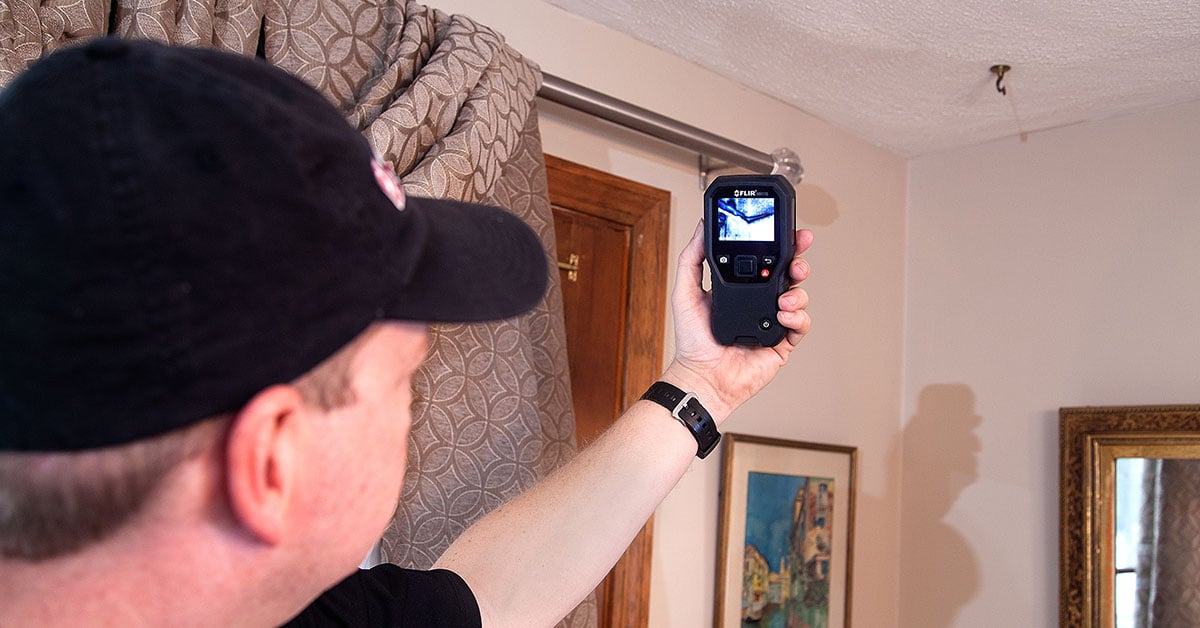Just how to Locate and also Repair Water Leaks-- A Comprehensive Overview
Just how to Locate and also Repair Water Leaks-- A Comprehensive Overview
Blog Article
How do you really feel with regards to Finding hidden leaks?

The minute you find a leak, calling your plumber for repairs is the very best service. Some small water leakages may not be noticeable. If you can not spot it with your naked eyes, right here are some hacks that assist.
Early discovery of dripping water lines can minimize a prospective disaster. In addition to conserving you cash, it will minimize the worry and aggravation.
Check Water Intake
If you spot abrupt changes, regardless of your intake being the very same, it means that you have leakages in your plumbing system. A sudden spike in your bill shows a fast-moving leak.
At the same time, a consistent boost every month, even with the same practices, reveals you have a slow leak that's also gradually escalating. Call a plumber to extensively inspect your residential property, especially if you feel a cozy location on your floor with piping below.
Inspect as well as Assess the Circumstance
House owners should make it a routine to inspect under the sink counters and also inside cupboards for any type of bad odor or mold development. These 2 red flags show a leakage so punctual attention is needed. Doing routine evaluations, also bi-annually, can save you from a major trouble.
Examine the Water Meter
Examining it is a proven way that helps you discover leakages. If it moves, that indicates a fast-moving leak. This means you may have a sluggish leak that might also be underground.
Asses Exterior Lines
Don't fail to remember to check your outside water lines also. Test faucets by affixing a garden hose. Needs to water seep out of the connection, you have a loosened rubber gasket. Replace this and guarantee all connections are limited. If you've obtained an automatic sprinkler, it will help get it expertly checked out as well as kept yearly. One tiny leakage can lose tons of water and surge your water bill.
Do a Food Coloring Examination
When it concerns water usage, 30% comes from commodes. Examination to see if they are running effectively. Drop flecks of food shade in the storage tank as well as wait 10 mins. There's a leak between the storage tank as well as bowl if the shade somehow infiltrates your bowl during that time without flushing.
Inspect for discolorations and deteriorating as the majority of pipes and devices have a life expectancy. If you believe leaking water lines in your plumbing system, don't wait for it to intensify.
The minute you discover a leak, calling your plumber for repair services is the finest remedy. Some small water leakages may not be visible. Checking it is a guaranteed method that helps you uncover leakages. One small leakage can throw away loads of water and increase your water bill.
If you think leaking water lines in your plumbing system, do not wait for it to rise.
The Dangers of Undetected Water Leaks
Mold
One of the most common results of undetected water leaks in your home is mold. Under the right conditions, mold can begin to grow and spread in just a day or two.
Moisture from water leaks combined with humidity and lack of ventilation allow mold spores to germinate and start spreading.
And while household mold doesn’t carry the same health risks as substances like asbestos, they can cause allergic reactions in people sensitive to them or with asthma.
Structural Damage
When water leaks occur in places we can’t see — above the ceiling, behind walls or beneath floors — they often have time to do some serious damage before making themselves known.
You might notice cracks or bubbles appear in your walls or a slow drip or water from the ceiling.
These are signs of water leaks and buildups in the structure of your home. If you don’t jump on these problems soon enough, the wood frame that supports your house could start rotting, leading to costly repairs and increasing the risk of disasters like ceiling or wall collapses.
Water Waste
According to the Alliance for Water Efficiency, the average home can lose anywhere from 2,000 to 20,000 gallons of water per year due to leaks.
High numbers like that might make you imagine a burst pipe spewing out water. But believe it or not, even a small, constant drip from a kitchen sink could add up to over a thousand gallons of wasted water in a single year.
And if you live in a place where you pay for every gallon of water you use, that adds up to a lot of dollars down the drain. So we understand leaks are bad. Let’s take a look at some of the common (and not-so- common) water leaks you might find around your home.
Flush Valve Flapper
The flush valve flapper is a rubber flap that sits above the flush valve at the bottom of the tank. It’s attached to the flusher with a chain. Over time, it can get worn out and lose its seal, causing an endless flow of water into the toilet bowl.
These leaks are hard to detect since they’re usually silent, but there’s a little insider trick you can use with just a little dye or food coloring:
Put a few drops in the toilet tank. Check the water in your toilet bowl 15 minutes later. If any of the color made it into the toilet bowl, you’ll know what the culprit is.
Fill Valve
The fill valve is what replenishes your toilet’s tank water after you flush. If you’ve ever looked inside your toilet tank and seen water gushing out of an upright plastic valve, that’s a faulty fill valve.
https://meetflo.com/blogs/flo/how-to-find-and-repair-water-leaks-a-comprehensive-guide

I hope you enjoyed our article about Top leak detection hacks. Thanks a lot for taking time to browse our article post. Loved our piece? Please share it. Let somebody else find it. Thanks a lot for your time. Visit us again soon.
Report this page